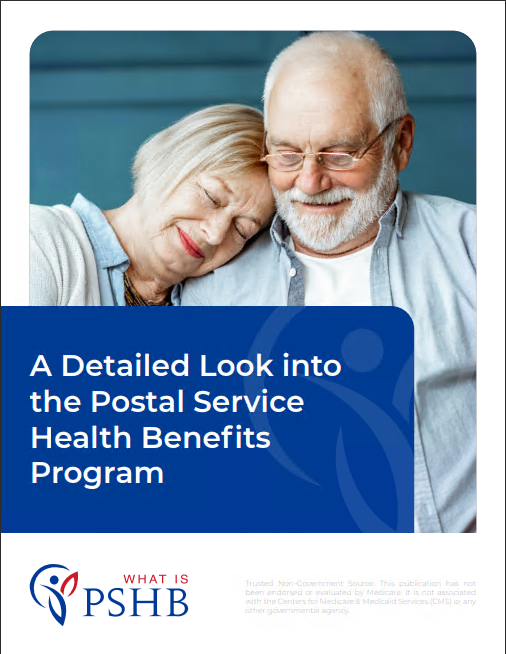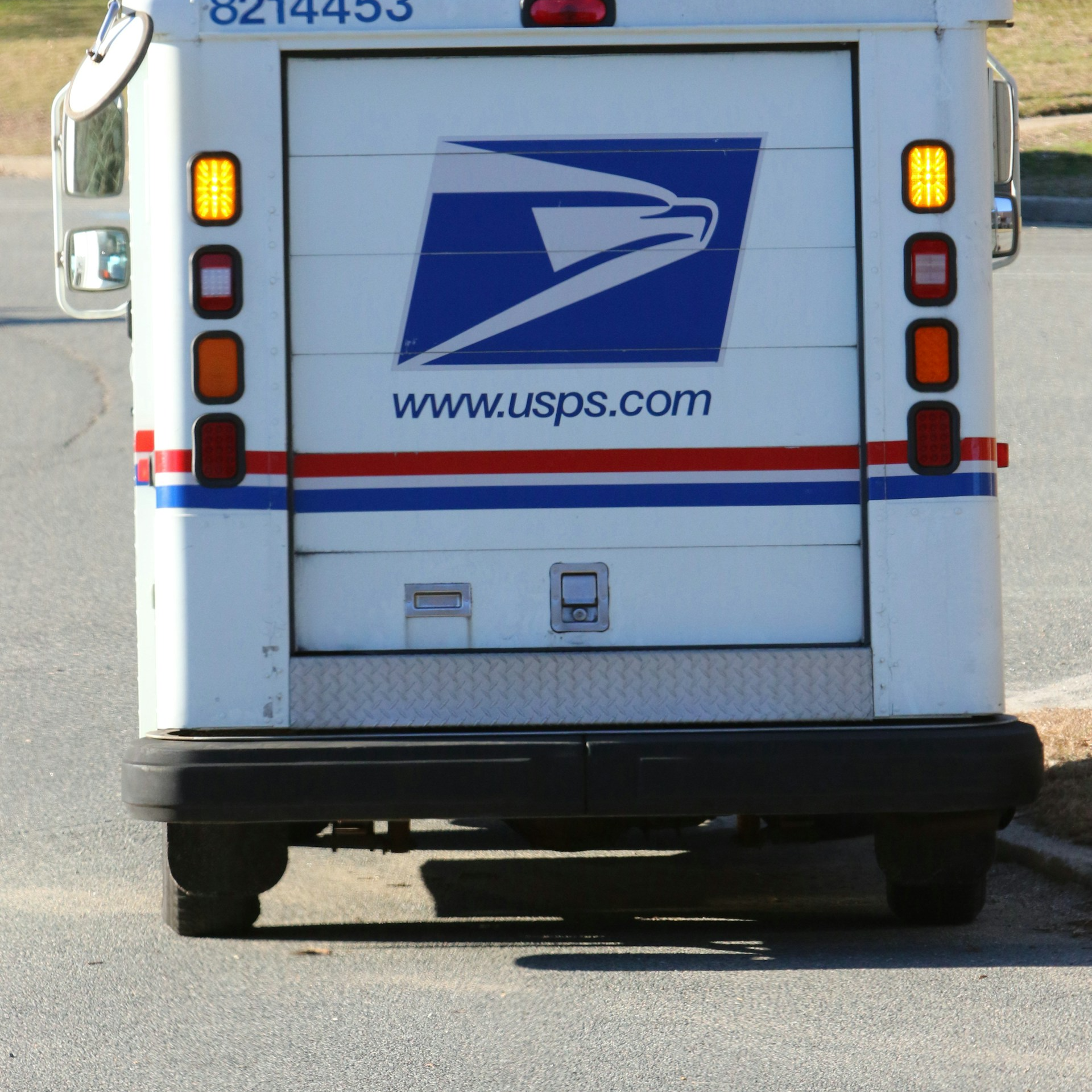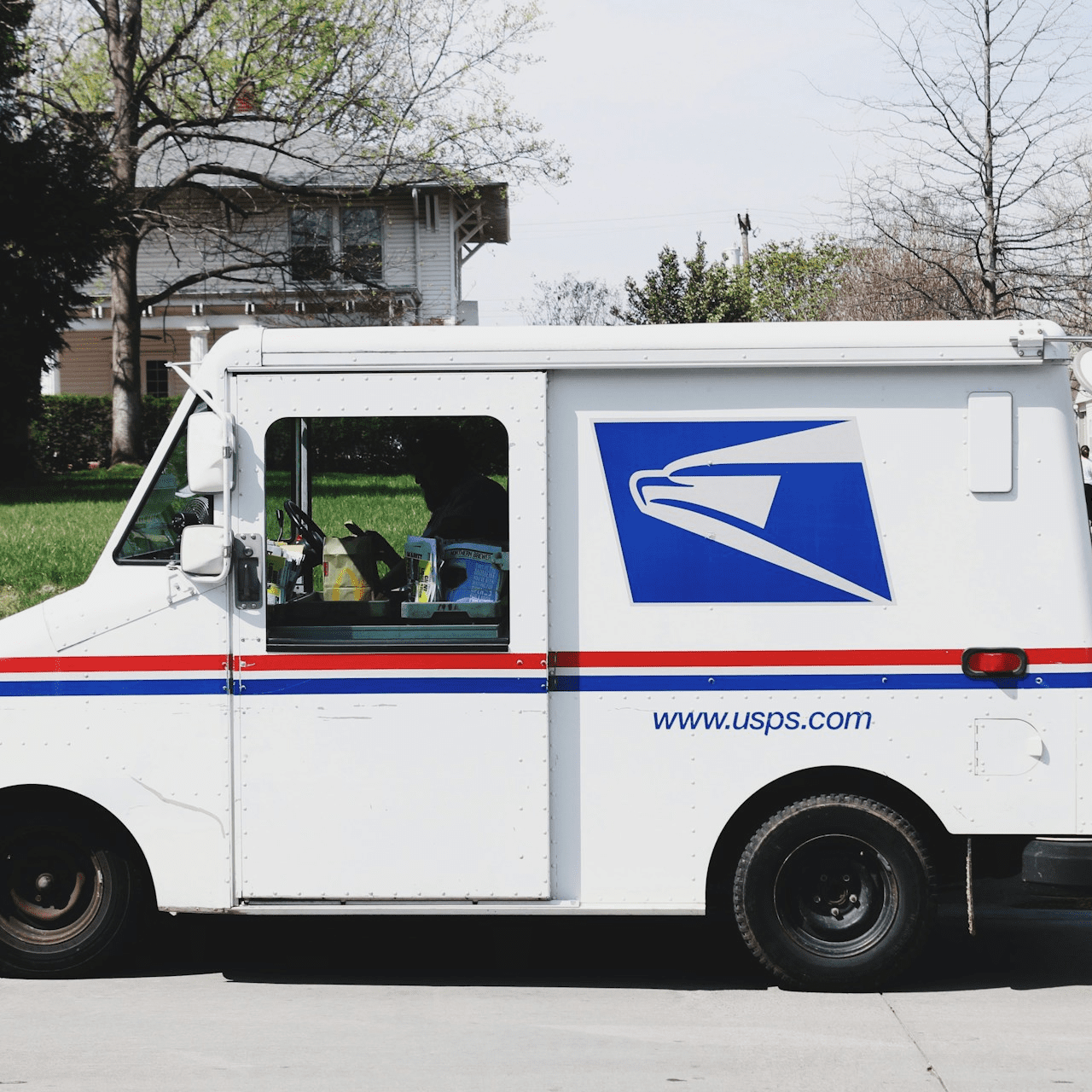Key Takeaways
-
Your PSHB deductible is the amount you pay out-of-pocket for healthcare services before your plan starts covering costs. For new enrollees, these upfront expenses may feel higher than expected.
-
Understanding how your deductible interacts with other costs like coinsurance and copayments can help you manage your healthcare spending under PSHB in 2025.
Starting With the Basics: What Is a Deductible?
A deductible is the initial amount you must pay for covered healthcare services before your plan begins to share the costs. Under the Postal Service Health Benefits (PSHB) Program in 2025, deductibles vary depending on your plan selection and coverage tier—Self Only, Self Plus One, or Self and Family. Deductibles also differ based on whether you receive care in-network or out-of-network.
Most PSHB plans feature a higher deductible for out-of-network services, encouraging you to stay within the preferred provider network. In 2025, the average in-network deductible ranges from $350 to $1,500, depending on the plan, while out-of-network deductibles can exceed $2,000.
Why Deductibles May Feel Steep in 2025
The PSHB program officially launched in January 2025, replacing FEHB coverage for postal employees and retirees. While similar in structure, the new program introduces several updates that might surprise first-time enrollees:
-
Higher average deductibles compared to legacy plans for some coverage tiers
-
Wider variability between plans, making it crucial to compare options
-
Out-of-network costs that significantly increase your upfront expenses
These factors can make it feel like you’re spending a lot before your plan even starts helping with costs.
The Role of In-Network vs. Out-of-Network Care
If you go to an in-network provider, you’ll typically face a lower deductible. For example, a Self Only plan may have a $500 deductible for in-network services but a $2,000 deductible out-of-network. Staying in-network ensures:
-
Lower upfront costs
-
More predictable expenses
-
Streamlined billing and claims processing
Using out-of-network providers could result in higher bills and additional balance billing, which can be difficult to anticipate.
How Deductibles Fit Into the Total Cost Picture
Deductibles are just one piece of the puzzle. Once you meet your deductible, you typically begin to share costs with your plan through coinsurance or copayments. Here’s how that plays out:
-
Coinsurance: A percentage of the cost of services, often 10%-30% in-network and 40%-50% out-of-network
-
Copayments: Flat fees, such as $30 for a specialist visit or $75 for urgent care
In 2025, many PSHB plans waive or reduce coinsurance if you also have Medicare Part B. However, this only applies if you meet Medicare eligibility and are properly enrolled.
Understanding the Annual Out-of-Pocket Maximum
Once your total spending—including your deductible, coinsurance, and copayments—reaches your plan’s out-of-pocket maximum, the plan pays 100% of covered services for the rest of the year.
In 2025, in-network out-of-pocket maximums under PSHB range from $5,000 to $7,500 for Self Only and up to $15,000 for family coverage. This cap protects you from catastrophic costs, but you need to plan for the upfront spending needed to reach it.
Tips to Manage Your Deductible More Effectively
Being proactive can help you avoid financial surprises and get more value from your PSHB coverage:
-
Review your plan brochure carefully: Each plan outlines what counts toward your deductible and how cost-sharing works.
-
Confirm provider network participation: Always check that a doctor or hospital is in-network before receiving care.
-
Time services strategically: If you’ve already met your deductible, schedule additional care within the same calendar year to maximize your coverage.
-
Use preventive services: Many PSHB plans cover preventive care like screenings and vaccinations without applying them to your deductible.
Deductibles and Medicare: What You Should Know
If you’re a Medicare-eligible annuitant enrolled in a PSHB plan, having Medicare Part B can greatly reduce your cost-sharing. Some PSHB plans in 2025 offer:
-
Waived or reduced deductibles
-
Lower coinsurance rates
-
Integrated prescription drug coverage under Medicare Part D
However, this only applies if you meet the Medicare Part B enrollment requirement. If you opted out or missed your window to enroll, you may face higher out-of-pocket costs and coverage restrictions.
Common Misunderstandings About Deductibles
Many postal retirees and employees new to PSHB in 2025 have misconceptions about how deductibles work. Here are a few key clarifications:
-
Your deductible resets annually, typically every January 1st.
-
It applies separately to each coverage tier, so a family plan will have a higher deductible than a Self Only plan.
-
Only covered, approved services count toward your deductible. Non-covered services, or those not pre-authorized, won’t be applied.
Understanding these basics will help you budget more effectively.
What to Expect If You’re New to PSHB in 2025
The transition from FEHB to PSHB can feel like a major change, especially if you’re accustomed to how the old system worked. New enrollees should anticipate:
-
A learning curve with new terminology and cost structures
-
Plan designs that require closer comparison
-
More emphasis on Medicare coordination if you’re 65 or older
It’s essential to review your plan materials, speak with a licensed agent if needed, and log into the appropriate portal (LiteBlue for employees, KeepingPosted.org for annuitants) to track your benefits.
Don’t Overlook Family Deductibles
If you’re enrolled in Self Plus One or Self and Family coverage, pay attention to how the deductible is applied. In many PSHB plans, each individual must meet a portion of the deductible, or the family must meet a combined amount before cost-sharing begins.
In 2025, a Self and Family plan might include a $1,000 individual deductible and a $2,000 family deductible. This setup ensures coverage kicks in once a family reaches either threshold.
Staying Informed Can Help You Save
PSHB enrollees have access to plan comparison tools and resources through the U.S. Office of Personnel Management (OPM). You can use these to:
-
Compare deductibles and out-of-pocket costs across plans
-
See how Medicare Part B enrollment may reduce your deductible
-
Estimate your annual healthcare spending based on expected services
Take advantage of these tools before and during Open Season, which runs from November to December each year.
Take Control of Your Costs Under PSHB
Deductibles under PSHB plans may feel high at first—especially for new enrollees—but understanding how they work can make a big difference in your overall healthcare spending. Be proactive, stay in-network, and plan your care around your deductible threshold. If you’re approaching Medicare eligibility, explore how enrolling in Part B might lower your costs.
If you still have questions, it’s always a smart move to get in touch with a licensed insurance agent listed on this website. They can help you understand your plan options, explain deductibles in detail, and assist you with Medicare coordination.










